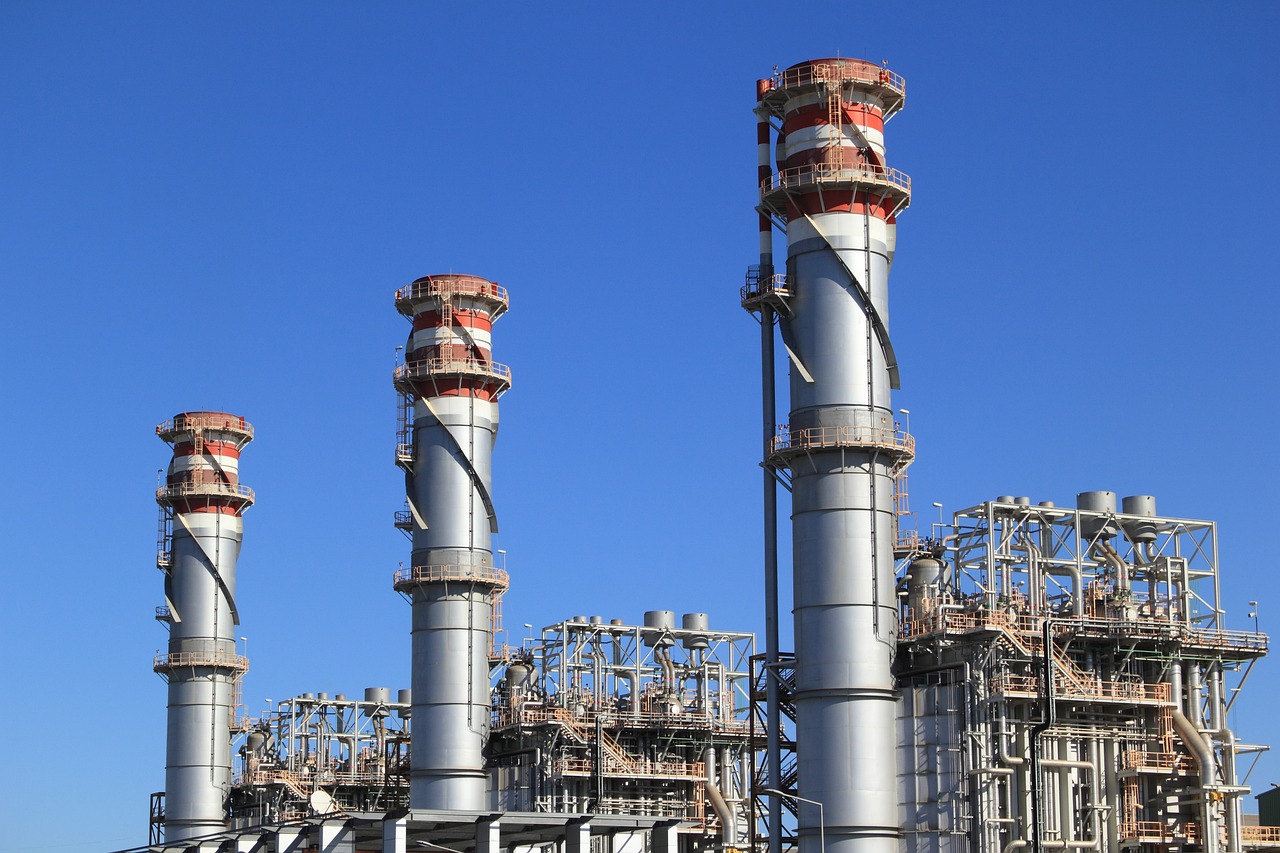Chemical engineering is a dynamic and multifaceted field that plays a pivotal role in industries ranging from pharmaceuticals to petrochemicals. In this age of digital transformation, the tools available to chemical engineers have expanded significantly, enabling them to design, simulate, and optimize processes with unprecedented precision and efficiency. In this article, we explore a comprehensive list of essential software and tools that are indispensable for today’s chemical engineers.
Process Simulation Software:
- Aspen Plus: A widely used process simulation software for designing and optimizing chemical processes.
- CHEMCAD: Another popular process simulation tool with a user-friendly interface.
- HYSYS: Part of the AspenTech suite, it’s known for its powerful simulation capabilities.
Data Analysis and Visualization:
- Microsoft Excel: Essential for data analysis, calculations, and creating process spreadsheets.
- MATLAB: Useful for advanced mathematical modeling, data analysis, and simulation.
- Python with libraries like NumPy, SciPy, and Matplotlib: Great for scripting, data analysis, and creating custom tools.
CAD Software:
- AutoCAD: Useful for creating detailed engineering drawings and 2D/3D designs.
- SolidWorks: Ideal for designing complex 3D models, especially for equipment and machinery.
Process Safety and Risk Assessment:
- PHA/HAZOP Software: Tools like PHA-Pro, PHAWorks, or exSILentia for hazard analysis and safety assessments.
Chemical Equation Solvers:
- Mathcad: Excellent for solving complex chemical equations and performing engineering calculations.
Chemical Property Databases:
- ChemSpider: A free chemical database for finding chemical information and properties.
- NIST Chemistry WebBook: Offers a wide range of chemical data and information.
CAD/PLC Programming:
- Siemens TIA Portal or Rockwell Studio 5000: For programming and controlling industrial processes.
Fluid Dynamics and Heat Transfer:
- COMSOL Multiphysics: Used for simulating multiphysics phenomena in chemical engineering.
- ANSYS Fluent: Specialized for computational fluid dynamics (CFD) simulations.
Instrumentation and Control:
- LabVIEW: Useful for creating custom data acquisition and control systems.
Project Management and Collaboration:
- Microsoft Project or ProjectLibre: For project planning and management.
- Slack or Microsoft Teams: For team communication and collaboration.
Technical Drawing and Diagrams:
- Visio: Ideal for creating process flow diagrams (PFDs) and piping and instrumentation diagrams (P&IDs).
Chemical Engineering Books and References:
- Keep a library of textbooks, handbooks, and reference materials for quick access to important information.
Chemical Engineering Websites and Forums:
- Stay connected with online communities and forums like Cheresources, AIChE, and Chemical Engineering World for discussions and problem-solving.
Cloud Storage and Backup Services:
- Use services like Dropbox, Google Drive, or Microsoft OneDrive for storing and sharing project files securely.
Security and Data Protection:
- Invest in cybersecurity software and follow best practices to protect sensitive data.
Training and Skill Development:
- Consider online courses, webinars, and workshops to stay updated with the latest tools and techniques in chemical engineering.
In conclusion, the tools available to chemical engineers have evolved significantly, empowering them to design, analyze, and optimize chemical processes with precision and efficiency. These essential software and tools are the building blocks of success in the modern chemical engineering landscape, enabling engineers to innovate, improve safety, and drive efficiency in their industries. Embracing these tools is not just an option but a necessity for staying competitive and ensuring the highest standards of safety and quality in the field of chemical engineering.














